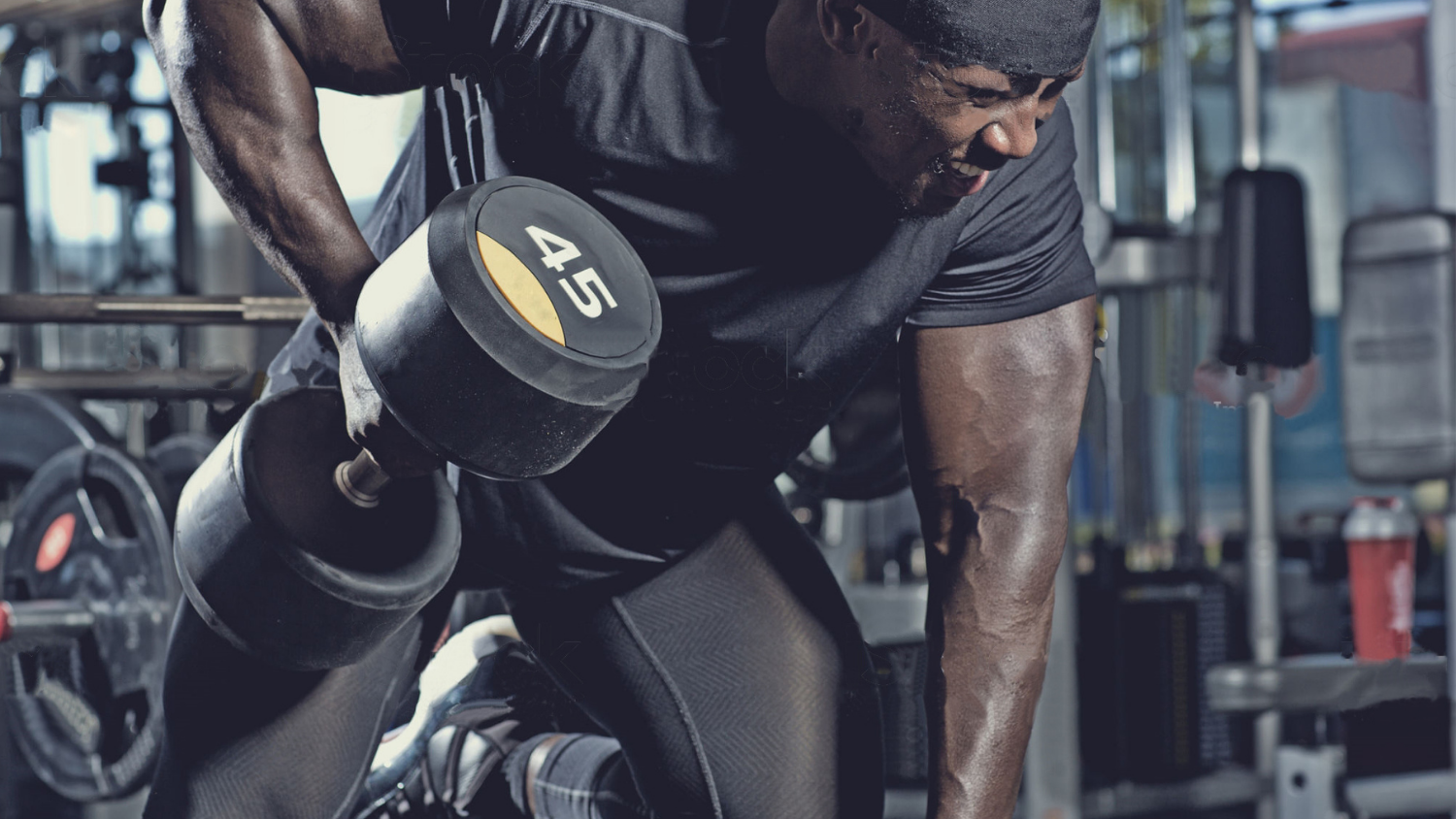If you have ever experienced a hernia, you know how painful and sometimes debilitating it can be. Hernias can occur in different places in the body, and they have a variety of causes. But did you know that certain exercises you perform may predispose you to a potential hernia? Keeping proper form is vital for a number of safety reasons as well as for maximum workout efficiency. However, pay closer attention to your body, how proper your technique is, and how well you breathe when you are performing the following exercises.
Abdominal Pressure and Hiatal Hernias
Although exercise alone is not likely to cause a hiatal hernia, weak muscles used in the wrong way may lead you to develop one. Hiatal hernias involve the small opening in the diaphragm, and intense pressure may cause the stomach to push through this opening. Exercises that increase abdominal pressure may put you in a vulnerable position for a hiatal hernia to occur. Bench presses where you are lying flat, or leg curls where you are laying on your stomach, may increase the abdominal pressure and lead to acid reflux and potential for hernia injury. High-intensity exercises such as vigorous running will likely not cause a hernia alone, but they may worsen the problem if you have already developed a hiatal hernia.
Inguinal Hernias and Lifting
Inguinal hernias occur when part of the intestine protrudes through a tear in the lower abdominal wall. Many weightlifters have experienced this pain in their groin when lifting heavyweights. Proper progression will help decrease your chances of developing an inguinal hernia while increasing your weight too fast will increase your chances by not allowing the muscles a chance to fully develop. Bending and heavy lifting maneuvers are the most likely exercises to elicit an inguinal hernia. Never increase your resistance too fast when performing squats, deadlifts, good mornings, lunges, and leg presses, and be conscious of your form at all times. One wrong exertion when executing these lifts with muscles that are not ready for the level of resistance against them may knock you out of the weight room for weeks or months and limit you to water exercises for post-surgery rehabilitation.
Breathing and Hernias
On all exercises, aerobic or anaerobic, always focus on proper breathing techniques. As hernias are often caused by intra-abdominal pressure, improper breathing during any exercise may worsen a pre-existing hernia. Plyometric exercises use explosive movements that may be dangerous if you are not properly trained to perform them, and inadequate breathing may be the final straw to push an organ through the tissue surrounding it if the muscles in that area are weak. Abdominal exercises are even more likely to bring about the sharp pain of a hernia if you fail to breathe properly.
Conclusion
Proper technique and progression are the keys to keeping hernias from causing a break in your workout routine. If you are performing heavy lifts that involve bending or increased abdominal pressure, keep a close eye on your breathing. Never increase your levels of resistance too fast so your muscles have time to develop adequately. Most importantly, always consult your physician if you have pain that refuses to subside. Ignoring the problem will likely worsen it, increasing your chances of being out of the gym for a longer period of time and possibly needing surgery and/or physical therapy.

Leave a Reply